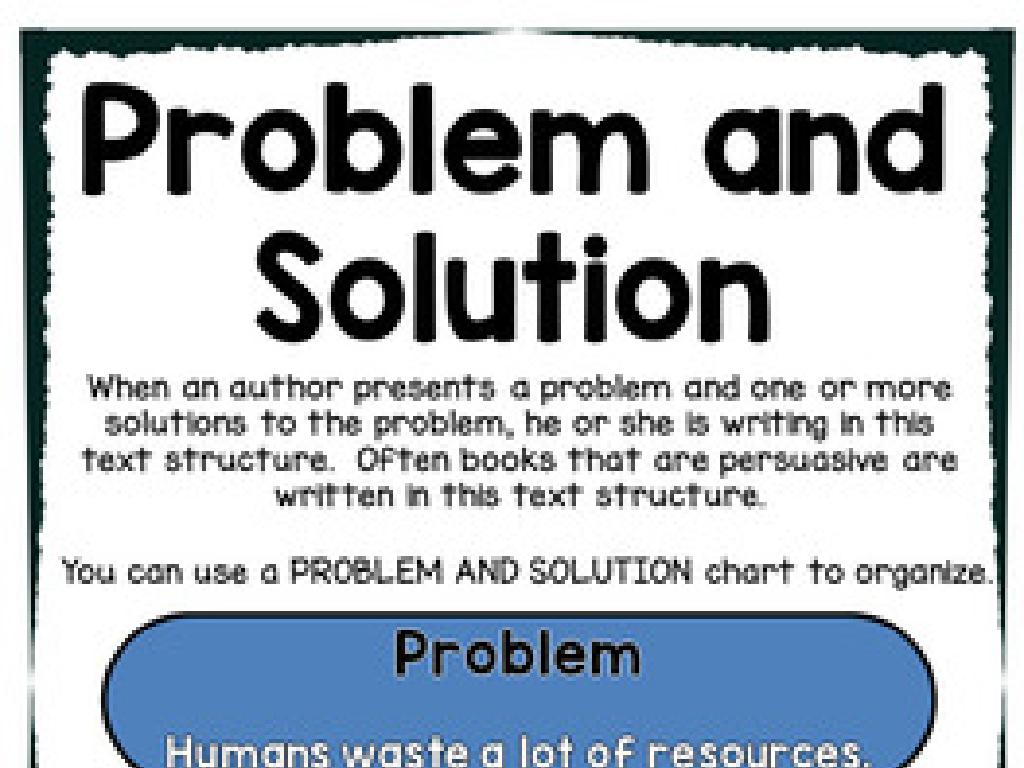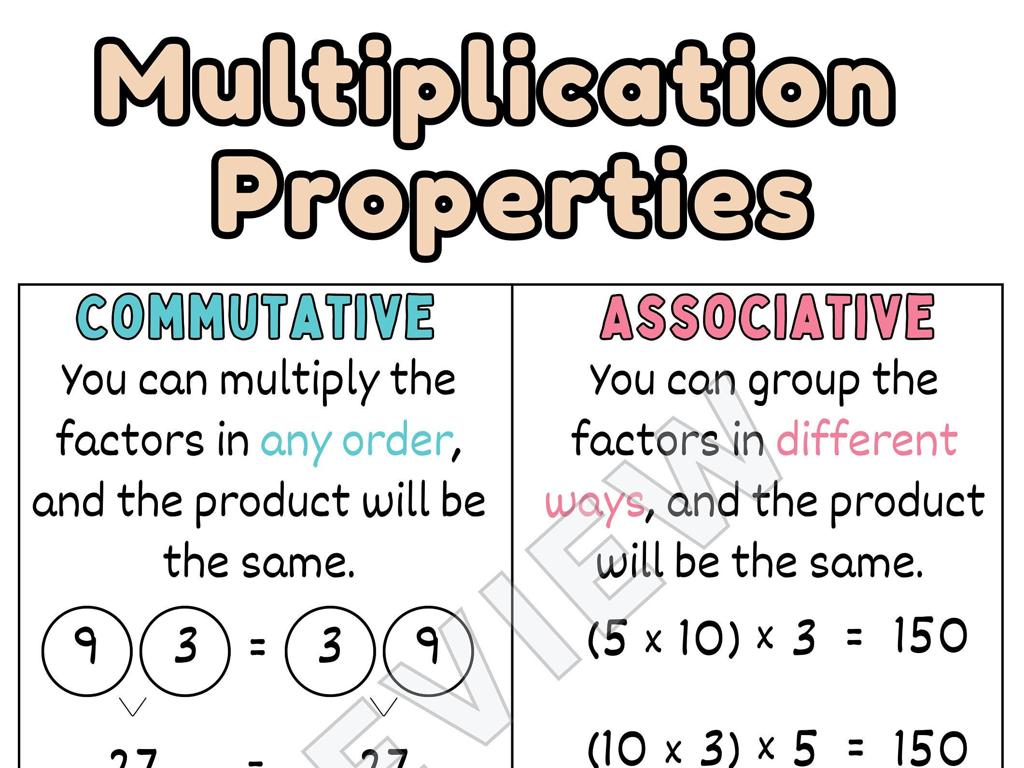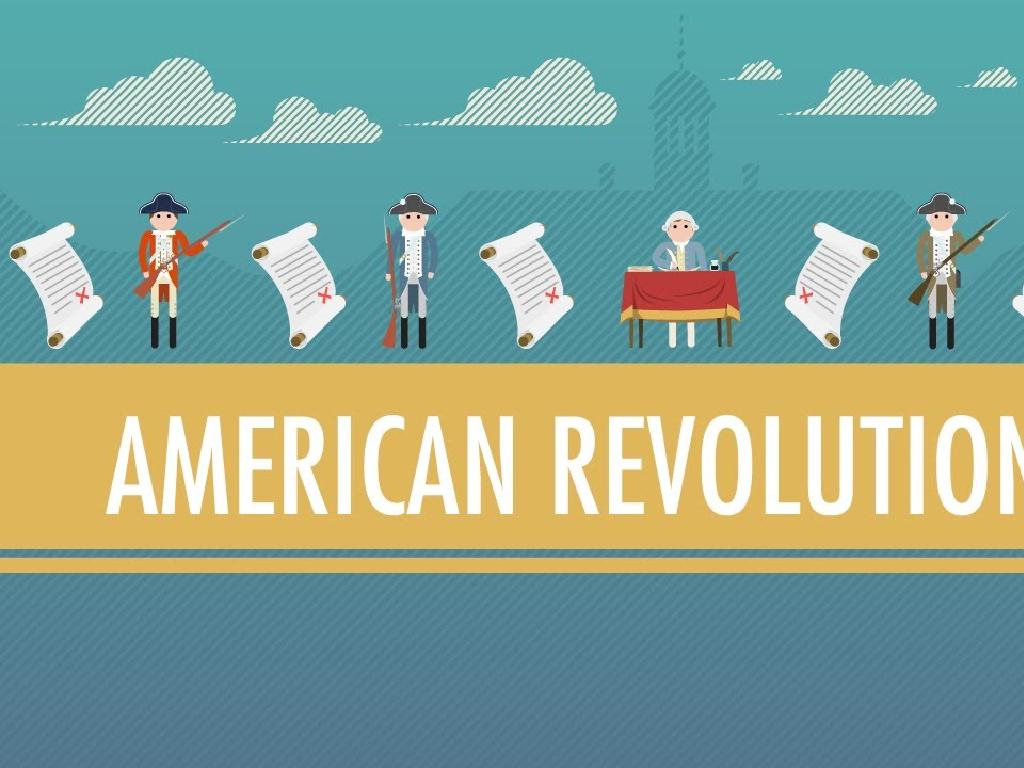Opportunity Cost
Subject: Social studies
Grade: Fourth grade
Topic: Basic Economic Principles
Please LOG IN to download the presentation. Access is available to registered users only.
View More Content
Understanding Opportunity Cost
– What is Opportunity Cost?
– It’s the value of what you give up when you choose one option over another.
– Choices involve trade-offs
– Choosing one thing usually means you can’t have another.
– Every decision has a cost
– Think of it as the ‘next best thing’ you’re missing out on.
– Examples of Opportunity Cost
– If you play video games instead of doing homework, your opportunity cost is your study time.
|
Opportunity cost is a fundamental concept in economics that helps us understand the value of what we give up when making choices. It’s important for fourth graders to grasp that every decision has a trade-off and that not all possible outcomes can be achieved. Use relatable examples to illustrate opportunity cost, such as choosing between playing outside or doing homework. The cost here is the activity not chosen. Encourage students to think about their daily decisions and what they might be giving up with each choice. This will help them understand the importance of making thoughtful decisions and prioritizing their options.
Understanding Opportunity Cost
– What is Opportunity Cost?
– The value of what you give up by choosing one option over another
– It’s about choices and trade-offs
– Choosing between playing outside or doing homework
– Everyday examples of Opportunity Cost
– Buying a toy or saving money for a book
– Learning to make informed decisions
|
Opportunity cost is a fundamental concept in economics that helps us understand the value of the next best alternative that we forgo when we make a decision. It’s important for students to grasp that every choice has a trade-off and that opportunity cost is what we miss out on when we choose one thing over another. Use relatable examples like choosing between playing and doing homework, or spending money on a toy versus saving for a book, to illustrate the concept. Encourage students to think about the opportunity costs in their daily decisions and to start making informed choices by considering the benefits and costs of each option.
Understanding Opportunity Cost
– Choices have opportunity costs
– Spend allowance: toy or save for bike
– If you buy a toy, you delay the bike purchase
– Doing homework vs. playing
– Choosing homework may mean less playtime
– Daily decisions & opportunity costs
|
Opportunity cost is what you give up when you choose one option over another. It’s an important concept in economics that helps us understand the value of what we give up when we make a decision. For example, if a student spends their allowance on a toy, they can’t save that money for something bigger like a bike. Similarly, choosing to do homework instead of playing means they are prioritizing their education over leisure time. Every day, we make decisions that involve opportunity costs, and it’s important for students to recognize this concept in their daily lives. Encourage students to think about their own choices and what they give up with each decision they make.
Understanding Trade-offs and Opportunity Cost
– What is a trade-off?
– Choosing one thing means not choosing another
– Linking trade-offs to opportunity cost
– Opportunity cost is the value of what you didn’t choose
– Making smart choices
– Think about the benefits and costs of each option
– Considering what you give up
– Always think about the next best alternative
|
This slide introduces the concept of trade-offs, a fundamental idea in economics where a decision requires giving up one thing to gain another. Opportunity cost is the next best thing you give up when you make a choice. It’s important for students to understand that every choice has an opportunity cost and that making smart choices involves considering these trade-offs. Encourage students to think about decisions they make in their daily lives, like choosing between playing outside or doing homework, and what they give up with each choice. This will help them grasp the concept of opportunity cost in a relatable way.
Opportunity Cost: Real-World Choices
– Family budget choices
– Choosing between a new car or a family vacation
– Time management decisions
– Studying for a test versus playing a game
– Understanding opportunity cost
– Opportunity cost means what you give up when you choose one thing over another
– Applying concept to daily life
– Think about decisions you make, like playing with friends or doing homework
|
This slide aims to illustrate the concept of opportunity cost through relatable examples for fourth graders. Discuss how a family decides between purchasing a car, which is a long-term benefit, versus going on a vacation, which provides immediate enjoyment. Highlight the importance of time management by comparing the benefits of studying for a test, which can lead to good grades, against the immediate pleasure of playing a game. Encourage students to think about opportunity costs in their own lives, such as choosing between different activities, to help them understand that every choice has a trade-off. Use class discussion to help students articulate their thoughts on opportunity cost and how it affects decisions.
Opportunity Cost in History
– Early trade decision making
– Ancient traders chose goods to exchange, missing out on others.
– Barter system’s opportunity costs
– Trading goods directly had costs, like time spent or better trades missed.
– Learning from historical trade
– Studying past trade helps us understand opportunity cost.
– Connecting past and present
|
This slide aims to introduce students to the concept of opportunity cost through the lens of history. Discuss how early civilizations had to make choices about what to trade, leading to the concept of opportunity cost – the benefits they missed from the goods they didn’t choose. Explain the barter system, where goods were traded without money, and the inherent opportunity costs, such as the time spent finding a trading partner or the possibility of a better trade elsewhere. Highlight how understanding historical trading decisions can help us grasp the concept of opportunity cost in our daily lives. Encourage students to think about choices they make and what they give up when they choose one thing over another.
Class Activity: Exploring Opportunity Cost
– Play ‘What Would You Choose?’ game
– Role-play different scenarios
– Act out making choices in given situations
– Discuss choices & opportunity costs
– Share what we give up in each choice
– Reflect on our decisions
– Think about why we chose one over another
|
This interactive class activity is designed to help students grasp the concept of opportunity cost through a game called ‘What Would You Choose?’. Students will role-play various scenarios where they have to make choices, such as deciding between buying a toy or saving money for a book. After each scenario, groups will discuss the potential opportunity costs of their decisions what they are giving up when they choose one option over another. The teacher should facilitate the discussion to ensure students understand that opportunity cost is the next best thing that they give up when they make a decision. Possible scenarios for role-play could include choosing between a field trip or a class party, or between doing homework and playing with friends. The reflection part of the activity will encourage students to think critically about their decision-making process.
Wrapping Up: Opportunity Cost
– Recap: What’s Opportunity Cost?
– It’s choosing the next best option when making a decision.
– Importance of Opportunity Cost
– Helps us make better choices with resources.
– Share your learnings
– Reflect on today’s lesson
– Think about a time you used opportunity cost in your life.
|
As we conclude today’s lesson, we’ll revisit the concept of opportunity cost, which is the value of the next best alternative that we give up when we make a choice. It’s crucial for students to understand this concept as it applies to everyday decisions, big and small. Encourage the students to share what they’ve learned and how they might apply this to their own lives. Ask them to think of examples from their experiences where they had to choose between two options and discuss what they had to give up. This reflection will help solidify their understanding and the practical application of opportunity cost.






